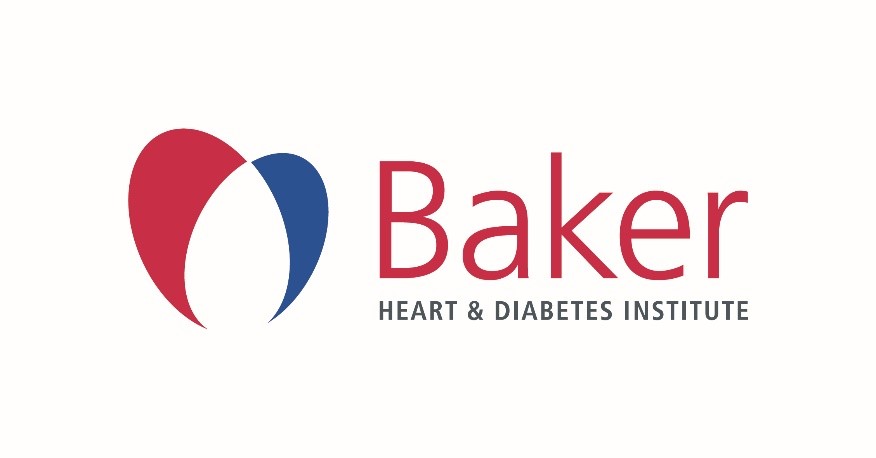Lipidomic profiling reveals early-stage metabolic dysfunction in overweight or obese humans.
Aya Mousa; Negar Naderpoor; Natalie Mellett; Kirsty Wilson; Magdalena Plebanski; Peter J Meikle; Barbora de Courten
Abstract
Advances in mass spectrometry and lipidomics techniques are providing new insights into the role of lipid metabolism in obesity-related diseases. However, human lipidomic studies have been inconsistent, owing to the use of indirect proxy measures of metabolic outcomes and relatively limited coverage of the lipidome. Here, we employed comprehensive lipid profiling and gold-standard metabolic measures to test the hypothesis that distinct lipid signatures in obesity may signify early stages of pathogenesis toward type 2 diabetes.Using high-performance liquid chromatography-electrospray tandem mass spectrometry, we profiled >450 lipid species across 26 classes in 65 overweight or obese non-diabetic individuals. Intensive metabolic testing was conducted using direct gold-standard measures of adiposity (% body fat by dual X-ray absorptiometry), insulin sensitivity (hyperinsulinaemic-euglycaemic clamps), and insulin secretion (intravenous glucose tolerance tests), as well as measurement of serum inflammatory cytokines and adipokines (multiplex assays; flow cytometry). Univariable and multivariable linear regression models were computed using Matlab R2011a, and all analyses were corrected for multiple testing using the Benjamini-Hochberg method.We present new evidence showing a strong and independent positive correlation between the lysophosphatidylinositol (LPI) lipid class and insulin secretion in vivo in humans (β [95% CI] = 781.9 [353.3, 1210.4], p = 0.01), supporting the insulinotropic effects of LPI demonstrated in mouse islets. Dihydroceramide, a sphingolipid precursor, was independently and negatively correlated with insulin sensitivity (β [95% CI] = -1.9 [-2.9, -0.9], p = 0.01), indicating a possible upregulation in sphingolipid synthesis in obese individuals. These associations remained significant in multivariable models adjusted for age, sex, and % body fat. The dihexosylceramide class correlated positively with interleukin-10 before and after adjustment for age, sex, and % body fat (p = 0.02), while the phosphatidylethanolamine class and its vinyl ether-linked (plasmalogen) derivatives correlated negatively with % body fat in both univariable and age- and sex-adjusted models (all p < 0.04).Our data suggest that these lipid classes may signify early pathogenesis toward type 2 diabetes and could serve as novel therapeutic targets or biomarkers for diabetes prevention.
| Journal | BIOCHIMICA ET BIOPHYSICA ACTA. MOLECULAR AND CELL BIOLOGY OF LIPIDS |
| ISSN | 1879-2618 |
| Published | 01 Mar 2019 |
| Volume | 1864 |
| Issue | 3 |
| Pages | 335-343 |
| DOI | 10.1016/j.bbalip.2018.12.014 |
| Type | Journal Article |
| Sponsorship |


